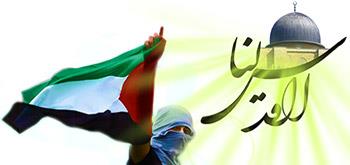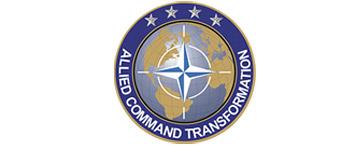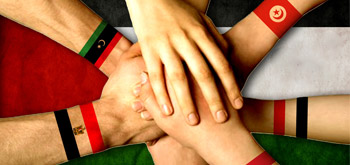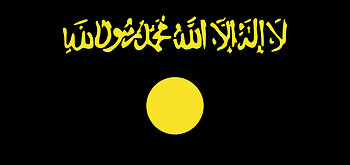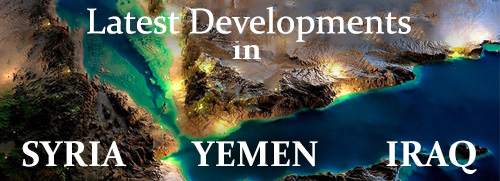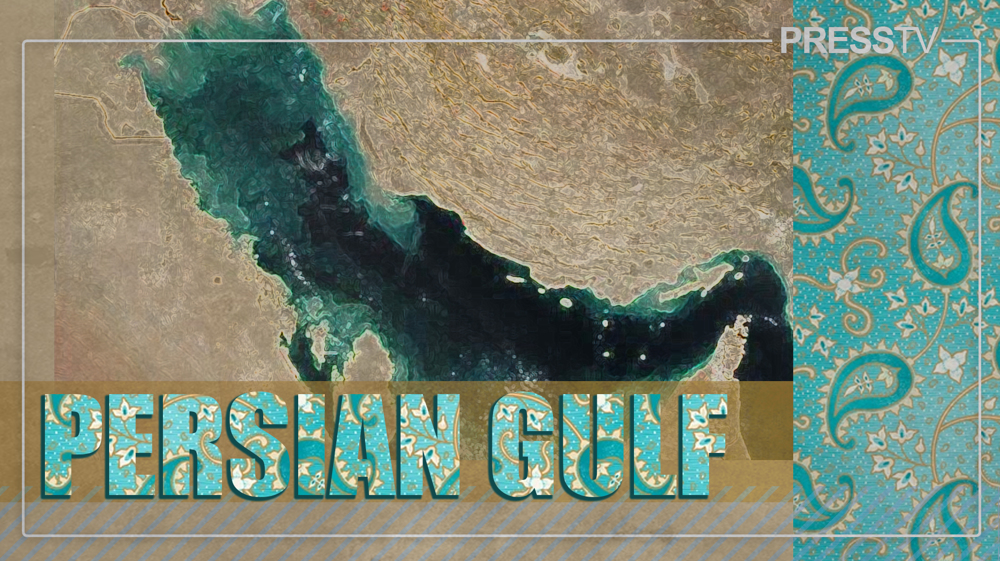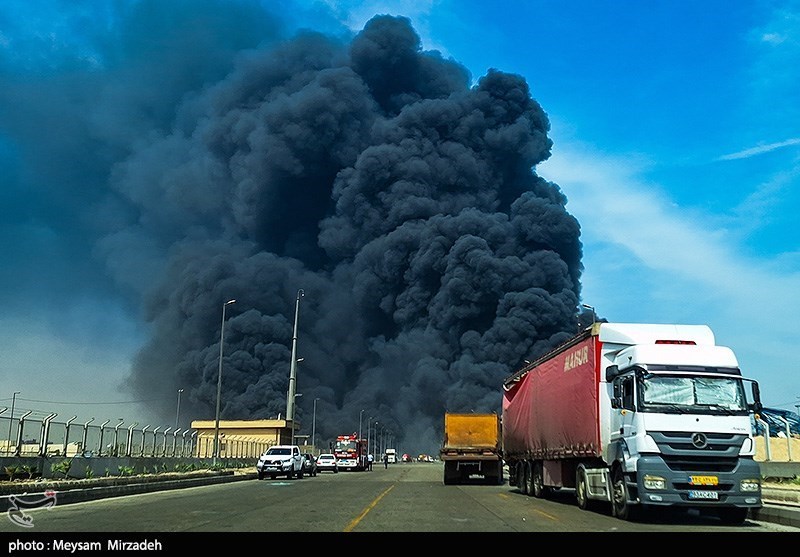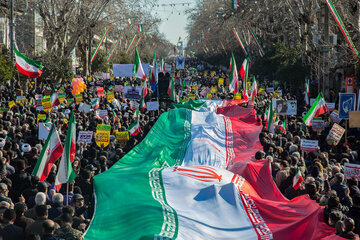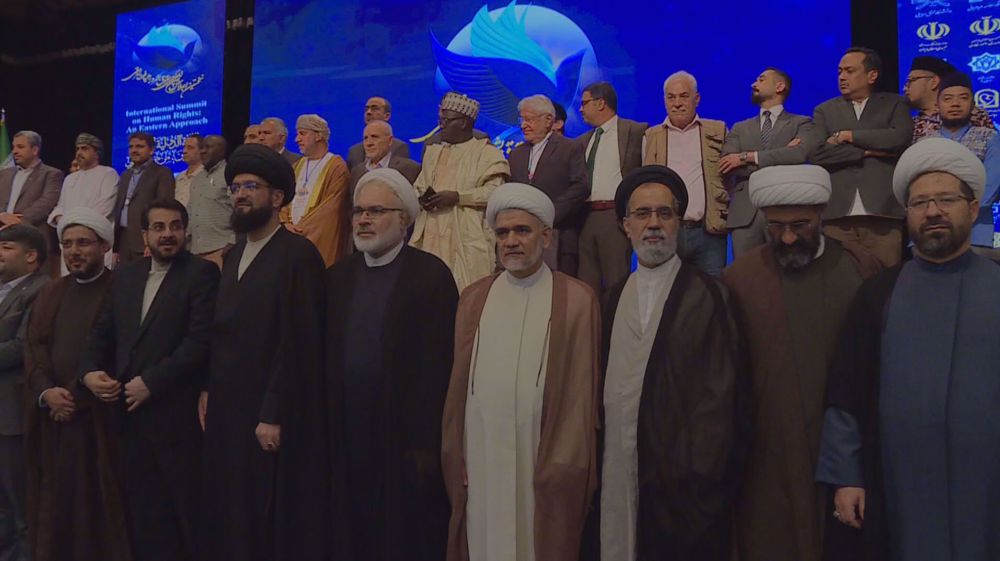Alwaght- One of the common features of the crises in Syria, Yemen and Iraq is the attempt to block the Resistance Axis’ role and influence in the region. Therefore, the Israeli regime, West and their allies in West Asia and North Africa are, using the potentials of the terrorist groups to destroy the strategic capabilities of the Resistance Axis. To this end, the West and Tel Aviv have created and manipulated security crises in the Resistance’s areas of influence in the region.
Under the resistance of the Lebanese and Palestinian Islamic movements, the Israeli regime was forced to evacuate its troops from southern Lebanon in 2000, as in Palestine, it was forced to unilaterally withdraw its forces from Gaza in 2005.
It was a big win for the resistance movements over the Israeli regime that Tel Aviv was forced to retreat from the Arab and Islamic lands without taking any concessions, privileges, or any guarantee. These triumphs brought about considerable attention and awareness of the Islamic Resistance in the Arab and Islamic world.
Actually, the region’s people’s disappointment with the Arab official armies to take back their rights pushed them to welcome the anti-Israeli Islamic resistant movements, which since their establishment have not been open to any compromise with Tel Aviv.
The popular reception caused the Islamic resistant movements’ reinforcement, driving them to step up their operations, an issue stirred the Israeli regime to move to destroy them by launching huge military operations and committing massive massacres, including the offensive against Lebanon in 2006, and aggression on the besieged Gaza in 2009 and 2014, hurting not only the Islamic and Arab people’s
Regarding the regional crises’ make-up after the rise of the Islamic resistant movements in the 1980s- from Israeli regime’s Lebanon occupation to the 33-Day War as well as the present day crises in Syria Iraq and Yemen- it can be asserted that the main aim of crisis-making project in West Asia and North Africa regions has been to hold back and repress the increasing role and effect of the anti-Zionist and anti-imperialistic resistant movements.
After the Cold War era, the resistance approach, which is based on identification of the social forces in the peripheral areas, gained ground gradually and strengthened itself in the past years. Relying on Islamic principles and rejecting to yield to domination or to seek any domination, the Islamic discourse of resistance has produced a great deal of energy for dealing with the non-divine (secular) ideologies as well as granting recognized identity to the Islamic societies, resulting in enormous changes in the West Asian region.
Concerned about the culture and the discourse of resistance, the imperialism, since the beginning, followed seriously an irreplaceable strategy to maintain and repress the power and influence of the Resistance. The Western countries, led by the US and with the company of their regional supporters, have targeted the Resistance axis through a set of challenges including coups, military aggression, economic sanctions and backing the terrorist groups, all of which were designed to prevent the resistance’s discourse from being exported, proliferated and propogated.
Besides, by forging counter-Resistance ideologies, and by the use of the Salafist and takfiri forces and groups like the ISIS terrorist group, the imperialism has struggled to control and limit the resistant and the resistance-based waves across the region, as the crises and conflicts in Syria, Iraq and Yemen should be observed as an Israeli and Western block’s effort to mar the Resistance’s measures.





